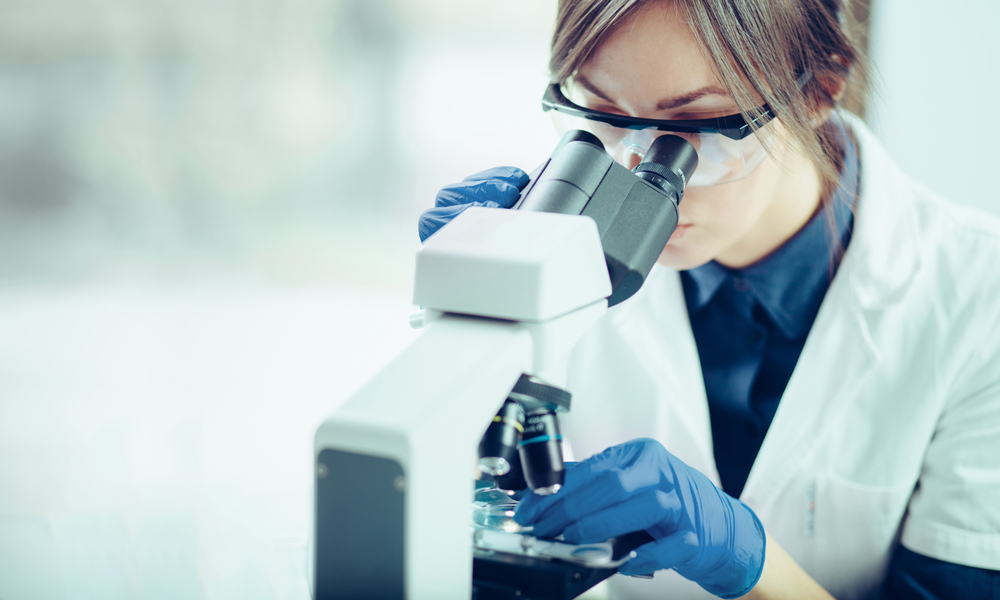In a potential breakthrough for fertility treatment, scientists have successfully grown early-stage human egg cells to full maturity in a lab. The results of the research suggest that one day it might be possible to grow viable eggs from thawed frozen ovarian tissue and also gives more information to researchers working on producing eggs and sperm from other cells, which could eventually offer new solutions for patients unable to conceive a child.
The experiment was carried out by researchers at the University of Edinburgh and the Center for Human Reproduction, who obtained ovarian tissue and matured the proto eggs within it until they were ready to be fertilised. This has previously been achieved with mouse egg cells and human egg cells had been effectively cultivated starting from a much later period of progression.
This discovery is potentially an ideal option for women who require chemotherapy as a cancer treatment and who are likely to become infertile afterwards. Their ovarian tissue (containing the immature eggs) could be frozen before treatment and then the eggs matured in a laboratory to the point of fertilisation, when the patient is ready to have a baby, and traditional IVF can take place. Traditionally, patients with cancer can have a cycle of treatment similar to IVF and freeze the resulting mature eggs for use later. The disadvantage of this is that it produces a limited number of eggs, and therefore a limited chance of pregnancy, and may delay the start of chemotherapy for a few weeks. A newer treatment still in the process of development involves removing one ovary before chemotherapy commences and freezing it. Then, once the chemotherapy has been completed, slices of the frozen ovary can be grafted on to the remaining ovary where it will hopefully resume its function. However, this carries its own risks and there is a chance that the cancer will be re-introduced if it was present in the original ovarian tissue.
Of course, further work is required before the findings can be used to safely treat infertility. In fact, it may take years for the results to translate into therapy but it certainly offers hope to women with infertility in the future.

